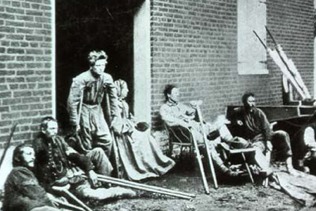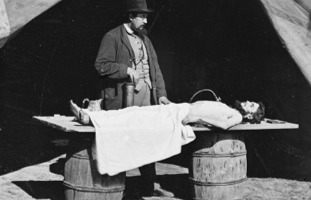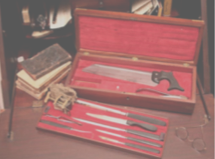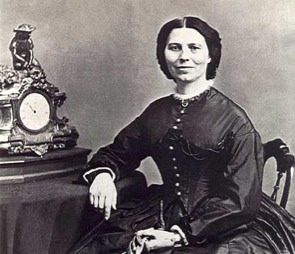Sign up for FlowVella
Sign up with FacebookAlready have an account? Sign in now
By registering you are agreeing to our
Terms of Service
Loading Flow


Soldiers suffering from minie ball wounds were often drugged and then amputated with saws. Many patients did not survive amputation as a result of infection. Some died from poisoning, as chloroform was a common anesthetic.
Hospitals on the battlefield were often merely tents where overworked surgeons hacked off limbs with contaminated saws. No care was taken to clean supplies, and that is why many wounded soldiers died of diseases and infections.
Many Civil War surgeons were untrained and under supplied. Many women also served as nurses, caring for sick and wounded soldiers. One of those nurses, Clara Barton, went on to found the American Red Cross.
MEDICINE

A SOLDIER'S CHANCE OF DYING WAS ABOUT 31%...



